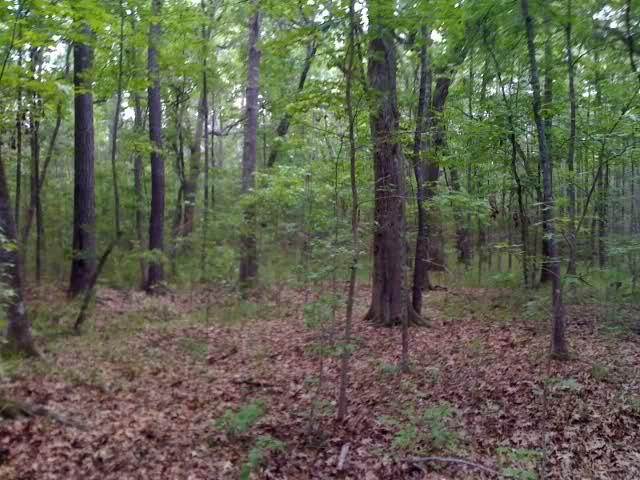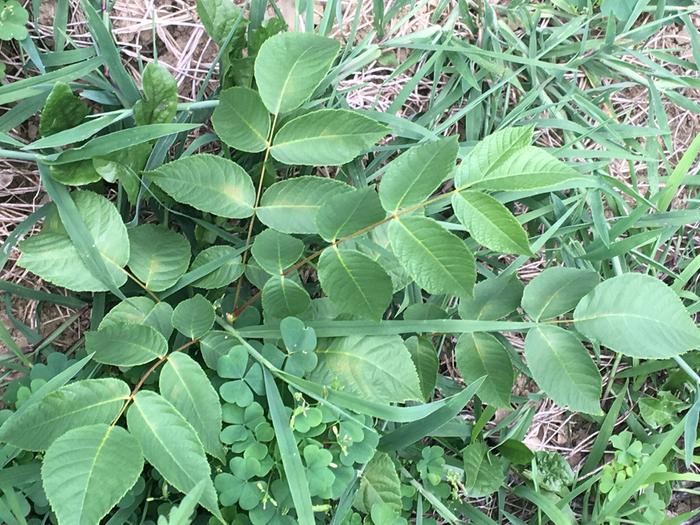
 7
7





 2
2




Life that has a meaning wouldn't ask for its meaning. - Theodor W. Adorno
 1
1




Brenda
Bloom where you are planted.
http://restfultrailsfoodforestgarden.blogspot.com/
 1
1





 3
3




Sustainable Plantations and Agroforestry in Costa Rica
 3
3




Roman Milford wrote:
My one concern is that they'd act as habitats for rodents.
Idle dreamer
 1
1




relevant ->Hardy Kiwi Kickstarter l YogaToday 2 week trial l Daring Drake Farm - NY
The farming village was above all a society of philosophers without a need for philosophy - Fukuoka
 2
2




Cactusdan Hatfield wrote:
So my main question is, how would you all recommend introducing productive plants with the most minute change to the current system?
My project thread
Agriculture collects solar energy two-dimensionally; but silviculture collects it three dimensionally.
 13
13










 6
6




A human being should be able to change a diaper, plan an invasion, butcher a hog, conn a ship, design a building, write a sonnet, balance accounts, build a wall, set a bone, comfort the dying, take orders, give orders, cooperate, act alone, solve equations, analyze a new problem, pitch manure, program a computer, cook a tasty meal, fight efficiently, die gallantly. Specialization is for insects.
-Robert A. Heinlein
 1
1




Our projects:
in Portugal, sheltered terraces facing eastwards, high water table, uphill original forest of pines, oaks and chestnuts. 2000m2
in Iceland: converted flat lawn, compacted poor soil, cold, windy, humid climate, cold, short summer. 50m2




Our projects:
in Portugal, sheltered terraces facing eastwards, high water table, uphill original forest of pines, oaks and chestnuts. 2000m2
in Iceland: converted flat lawn, compacted poor soil, cold, windy, humid climate, cold, short summer. 50m2
 1
1




 1
1




Brenda
Bloom where you are planted.
http://restfultrailsfoodforestgarden.blogspot.com/




A human being should be able to change a diaper, plan an invasion, butcher a hog, conn a ship, design a building, write a sonnet, balance accounts, build a wall, set a bone, comfort the dying, take orders, give orders, cooperate, act alone, solve equations, analyze a new problem, pitch manure, program a computer, cook a tasty meal, fight efficiently, die gallantly. Specialization is for insects.
-Robert A. Heinlein
 1
1
 1
1




Jan Sebastian Dunkelheit wrote:You can train chickens and geese to eat acorns and you can bring in new elements like currants via scions.
.
 2
2




A human being should be able to change a diaper, plan an invasion, butcher a hog, conn a ship, design a building, write a sonnet, balance accounts, build a wall, set a bone, comfort the dying, take orders, give orders, cooperate, act alone, solve equations, analyze a new problem, pitch manure, program a computer, cook a tasty meal, fight efficiently, die gallantly. Specialization is for insects.
-Robert A. Heinlein




 5
5




A human being should be able to change a diaper, plan an invasion, butcher a hog, conn a ship, design a building, write a sonnet, balance accounts, build a wall, set a bone, comfort the dying, take orders, give orders, cooperate, act alone, solve equations, analyze a new problem, pitch manure, program a computer, cook a tasty meal, fight efficiently, die gallantly. Specialization is for insects.
-Robert A. Heinlein
 1
1




Tim Southwell
www.abcacres.com
www.facebook.com/abcacres
Youtube: ABC acres
 1
1




Tim Southwell wrote: I was thinking of taking a shovel to the heart of the pile. Moving unburnt timber away, ripping up all the 'weeds' (green manure) then digging a 2' hole in the center. I would then back fill the hole with the unburnt timber (now rotten) while layering in the recently pulled 'weeds', and completing the effort with planting a fruit tree (or other). I then top dress with mulch, straw, winter rye, etc and let it go. I would then top seed in the spring with synergistic plantings to aid in moisture retention, nutrient accumulation, pollination attractants, etc, etc.
What do you think?
My project thread
Agriculture collects solar energy two-dimensionally; but silviculture collects it three dimensionally.
 1
1




Tim Southwell
www.abcacres.com
www.facebook.com/abcacres
Youtube: ABC acres
 2
2




Brenda
Bloom where you are planted.
http://restfultrailsfoodforestgarden.blogspot.com/
 2
2




Community Building 2.0: ask me about drL, the rotational-mob-grazing format for human interactions.

 2
2




List of Bryant RedHawk's Epic Soil Series Threads We love visitors, that's why we live in a secluded cabin deep in the woods. "Buzzard's Roost (Asnikiye Heca) Farm." Promoting permaculture to save our planet.




Joshua Myrvaagnes wrote:I'm thinking we need to make hugel-swales our main priority just to keep the whole thing from washing down into the creek.
My project thread
Agriculture collects solar energy two-dimensionally; but silviculture collects it three dimensionally.
 2
2




 1
1




My project thread
Agriculture collects solar energy two-dimensionally; but silviculture collects it three dimensionally.
 3
3




 2
2




 2
2




Thom Illingworth
Greensboro, NC USA
 2
2




Do it.
















 4
4




List of Bryant RedHawk's Epic Soil Series Threads We love visitors, that's why we live in a secluded cabin deep in the woods. "Buzzard's Roost (Asnikiye Heca) Farm." Promoting permaculture to save our planet.
 4
4





 )
)

 .
.









 2
2




Cactusdan Hatfield wrote:Hello all,
I'm interested in an establishing a permaculture, perennially/tree based farm on 1-2 acres of an 18 acre lot in South Eastern South Carolina.
The land is pretty heavily wooded and I want to focus on maintaining the current system as much as possible while implementing a greater number of productive trees.
...
Any advice, thoughts, and questions are much appreciated!
-Dan
 )
)
 2
2




 3
3




Bryant RedHawk wrote:In my overall plan I included some areas of the woods to become food forest.
Step one : removing the choking understory but leaving the trees.
Step two : removing the standing dead wood in the areas that will become food forest.
Step three : patterning the sun so we know the spaces per day sun hours and if they are full sun, partial sun or mostly shade.
Step four : plant test plants and seed, this way we will know what grows best where. this will be planted out fully the next season.
Invasive plants are Earth's way of insisting we notice her medicines. Stephen Herrod Buhner
Everyone learns what works by learning what doesn't work. Stephen Herrod Buhner




Making my world a better place, one permaculture decision at a time.

|
Please enjoy this holographic presentation of our apocalyptic dilemma right after this tiny ad:
The new purple deck of permaculture playing cards
https://www.kickstarter.com/projects/paulwheaton/garden-cards
|







